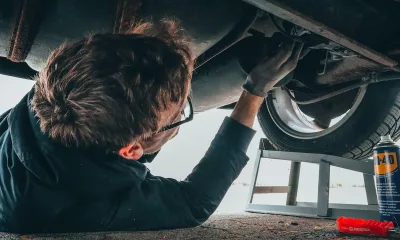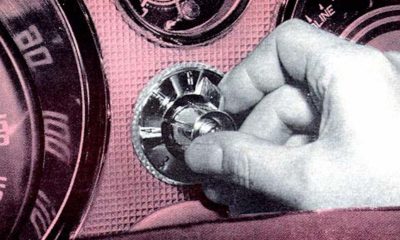
Driving an unroadworthy vehicle is both dangerous and illegal. According to government’s Road Traffic Report Calendar, 10% of major crashes are caused by unroadworthy vehicles and there are more than half a million vehicles on our roads that would fail a roadworthy test.
Use this guide to ensure you are not the owner of one because, contrary to what some may think, your vehicle should always be roadworthy and not just when there’s a change of ownership and you require a valid roadworthy certificate.
How it works
Before you start, ensure the testing centre is accredited. A roadworthy test should last about an hour, include a short test drive and cost in the region of R500. If your vehicle passes, you are issued a certificate that is valid for 60 days, with the status stored on the eNaTIS database. Most testing centres offer inspections on your vehicle for peace of mind before embarking on a trip, or if your vehicle has not been tested for a number of years.
To reduce the number of unroadworthy vehicles on our roads, government is also considering compulsory annual roadworthy testing – as enforced in Europe – but an implementation date is yet to be set.
To get the certificate, your car must pass the following inspections and tests:
1. Identification:
The engine and VIN numbers must match those on the registration document. There must be no tampering of any vehicle identifiers. In the case of an engine change, all associated requirements must be in place (and logged on eNaTIS), including police clearance and data dotting.
2. Body:
There must be no damage or rust present that compromises the integrity of the body or chassis. There must be no damage that can cause an injury to pedestrians or cyclists. Doors should be easy to open from the inside and outside, and be firmly attached at the hinges.
3. Interior:
The odometer and speedometer must be in working order. Seats must be secure without damage. All seatbelts must be operational.
4. Lights and safety:
All lights and indicators must be in good working order. All lights should be securely fitted and have no water ingress. The low and high beam functionality is tested, as well as the level of the beams. The hooter must be operational.
5. Windows and windscreen:
There should be no cracks on the windscreen. All windows designed to open should be able to open and close. Windscreen wipers should be in good order and operational.
6. Wheels, tyres and brakes:
Tyre and wheels must be the correct size and fall within manufacturer specifications. All tyres (included the spare if applicable) must have a tread depth of at least 1,6 mm. Wheel bearings should run smoothly, with no play. Brakes on all wheels must be in good working order (likewise the parking brake). Brake discs should be in good working order and there should be no leaks from the hydraulic system.
7. Suspension:
Shock absorbers should be in good working order with no leaks present. Kingpins, control arms and anti-roll bars should be secure; any play must be within specification. Steering system must be in good working order. Wheel alignment should be within specification.
8. Powertrain
The engine compartment should be free from damage and leaks. Engine and transmission mountings must be intact. The battery should be secured and have no cracks or leaks. No loose or damaged wiring should be present. No excessive smoke from the exhaust. Transmission should be in good working order.
Author: Nicol Louw




